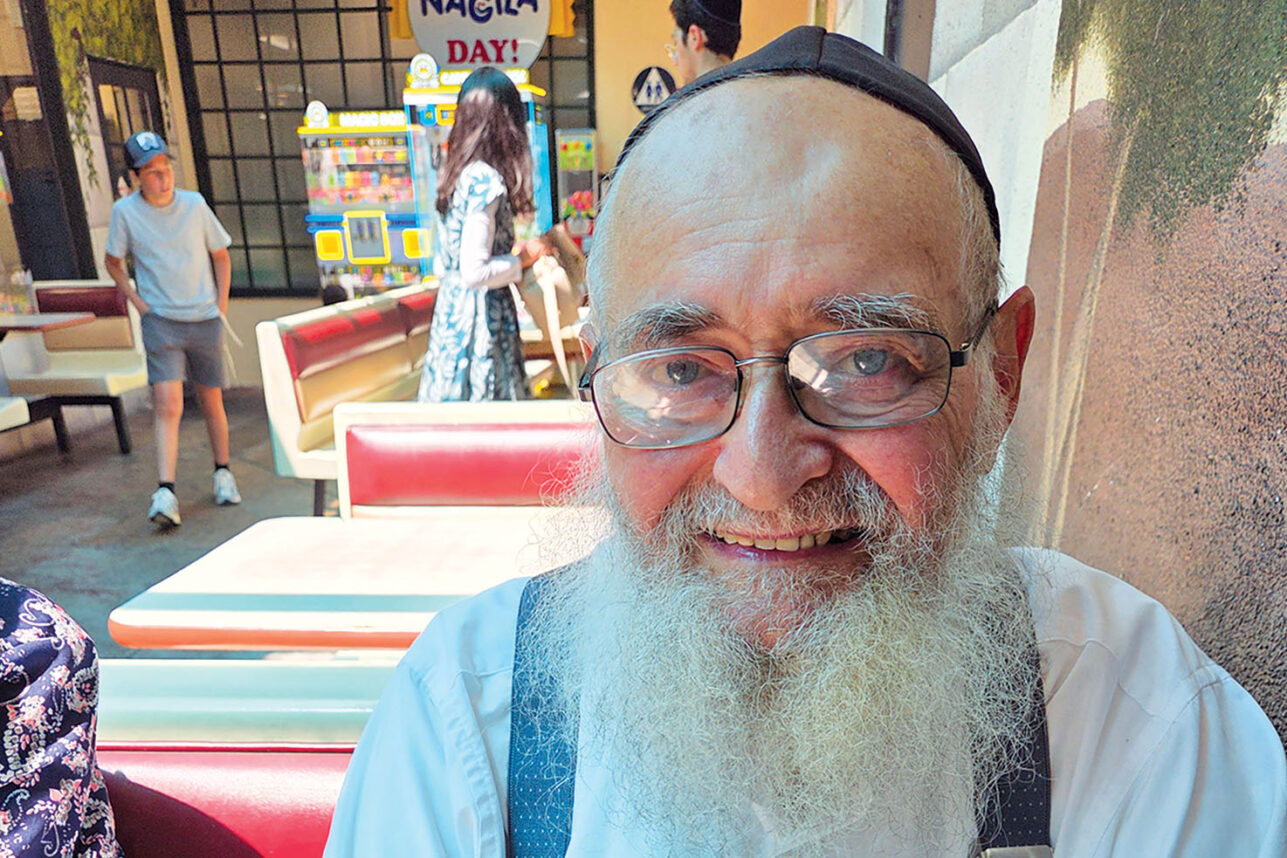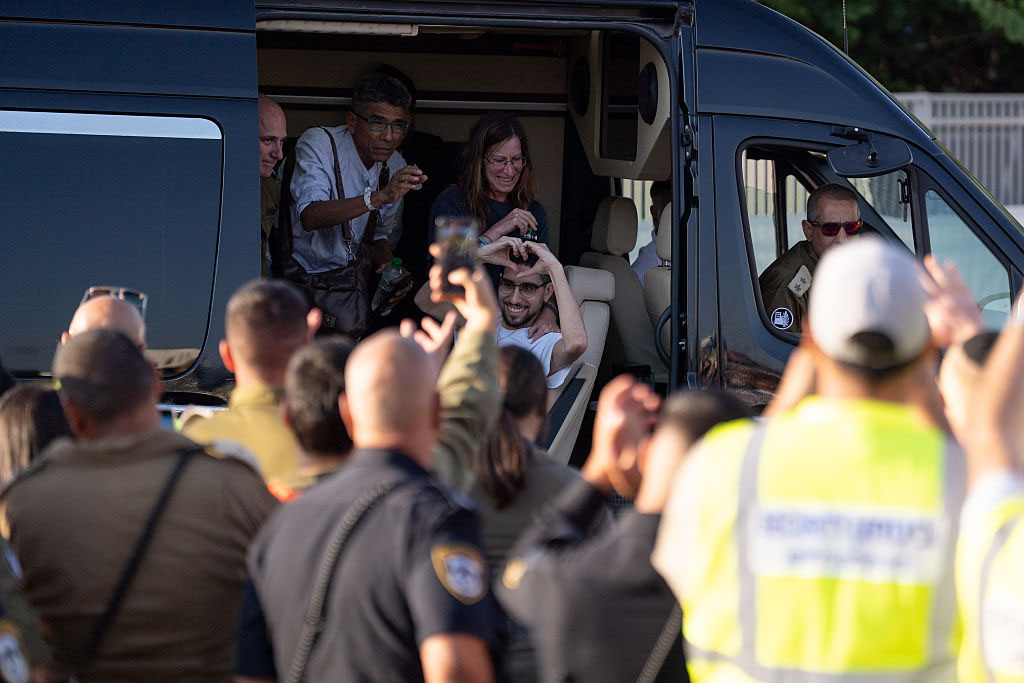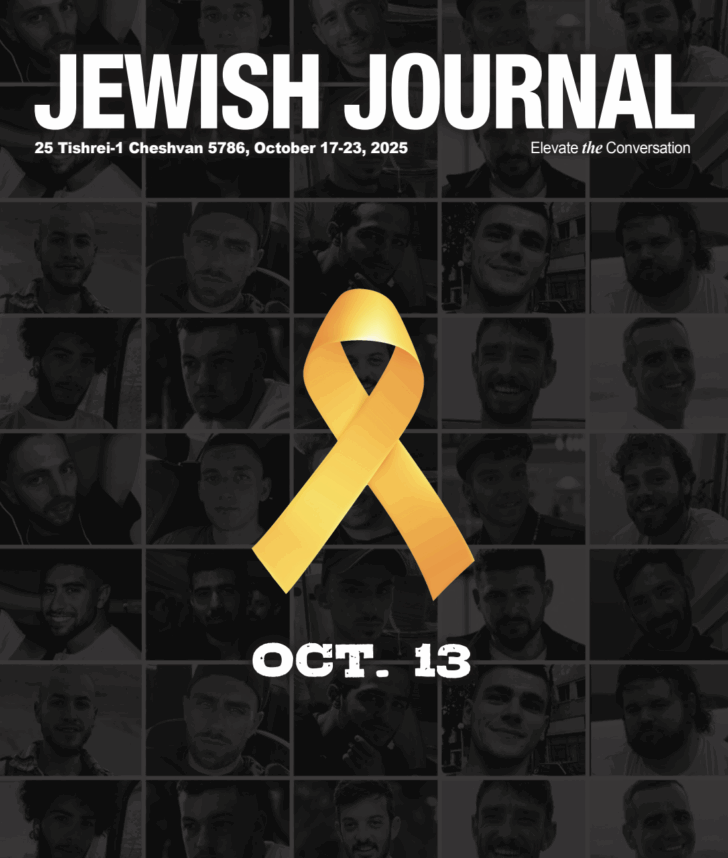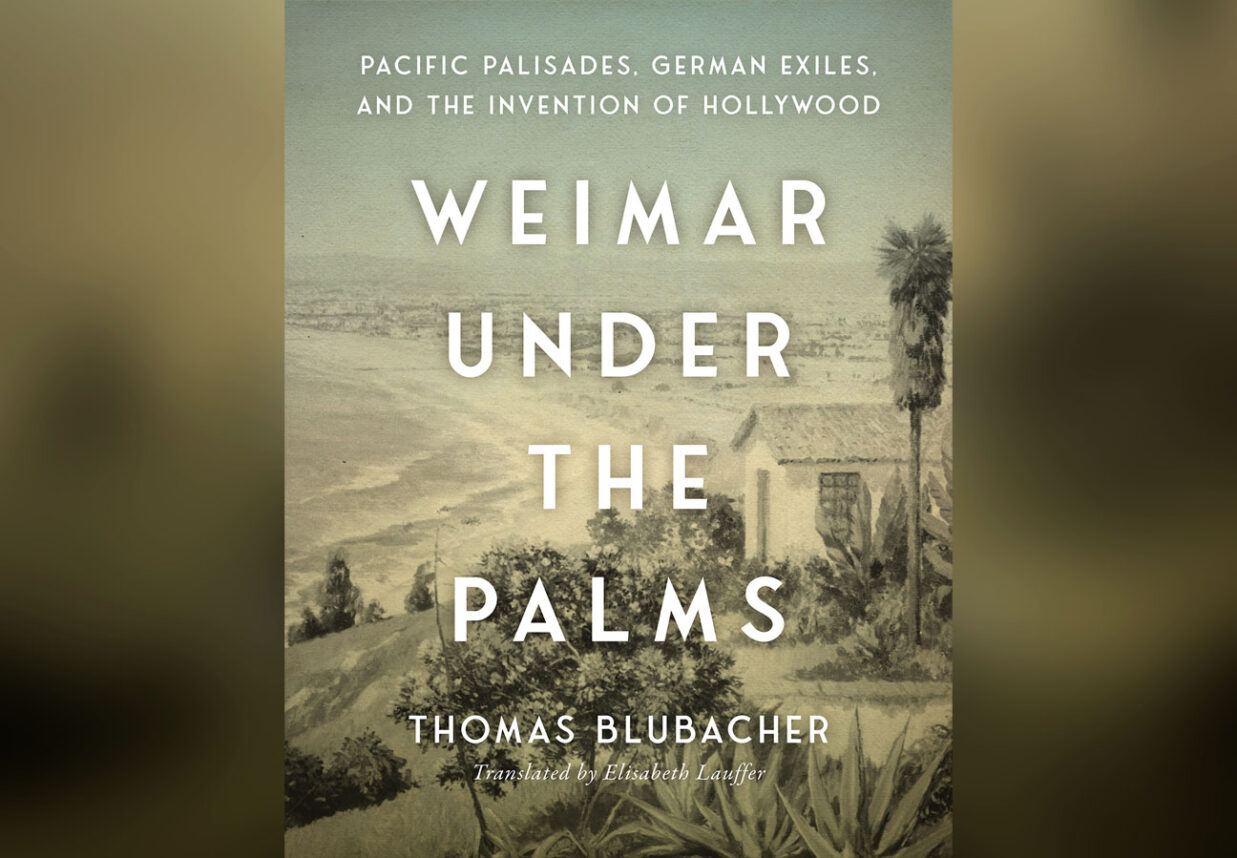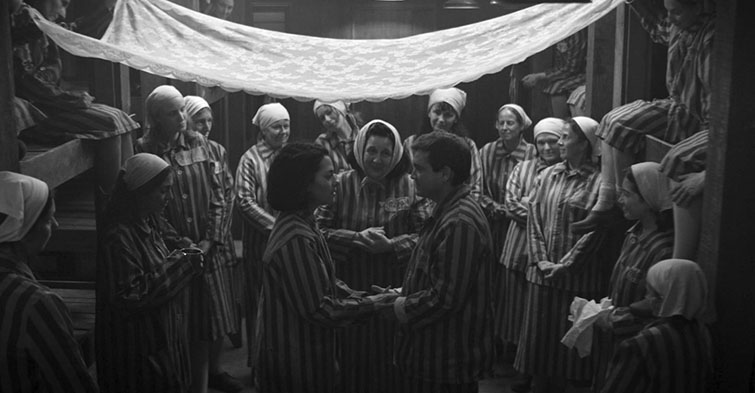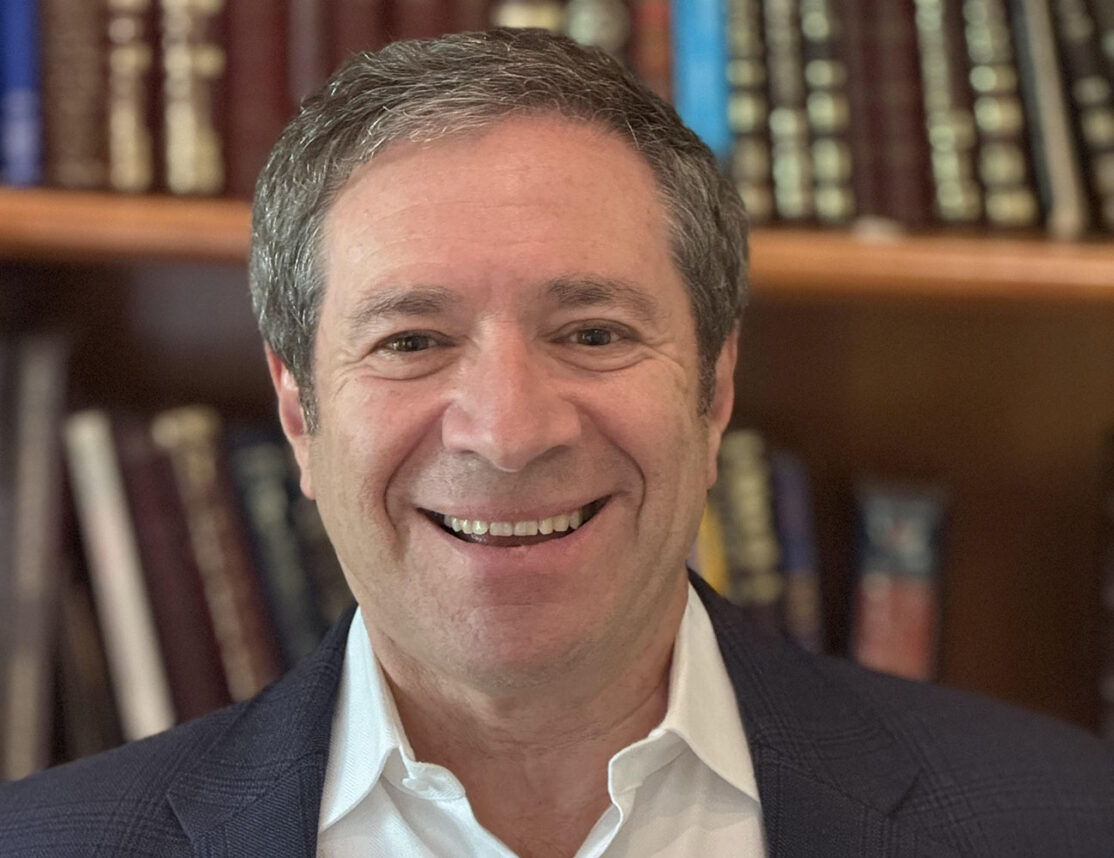Those who know Dr. George Berci describe him as a visionary, and it’s not just because the world-renowned surgeon pioneered the techniques that serve as the foundation for endoscopic procedures that have changed the field.
At 92, the Holocaust survivor is still contributing to medical advancements as the senior director of minimally invasive surgery research at Cedars-Sinai Medical Center.
“The techniques he developed have had a profound impact on a generation of surgeons,” said Dr. Bruce Gewertz, chair of the department of surgery at Cedars-Sinai. “He is a towering figure in our profession.”
Endoscopy is a procedure that allows doctors to view the inside of the body using a tiny camera attached to a thin, long tube. It can be used for diagnostic purposes or, when used in surgery, allow for smaller incisions that allow for a faster recovery and fewer side effects.
As an innovator in endoscopy techniques and technologies since the 1950s, Berci’s work not only led to new visualization techniques, instrument minimizing and high-definition cameras, but also took him to 40 academic institutions around the world where he taught surgeons and continued to improve the imaging and viewing capabilities of endoscopes.
His first love, though, was music. Originally from Szeged, Hungary, Berci moved with his family to Austria in 1922 when his father was hired as the assistant conductor of the Vienna Philharmonic Orchestra. As a child, he learned to play the violin and by 10 he was playing concertos.
In 1936, his family returned to Hungary to escape from the rising anti-Semitism in Vienna, although discrimination continued to be prevalent. In 1942, at the age of 21, Berci was taken to a forced labor camp, where he spent the next two years. Later, he was transferred to Poland to unload explosives.
“There were people in my age group who were sick. For instance there were a couple of epileptic boys. Some of the wardens didn’t believe they were sick and put them out in the snow; they died there,” Berci said. “At that time, life didn’t mean very much because we saw how many of our friends were killed. Therefore you became very fatalistic.”
After narrowly avoiding being sent to a concentration camp — Berci said the train car he was on was abandoned by guards — he eventually was reunited with his mother and began working with the Hungarian underground. At the war’s close, he returned to Szeged in search of food and with the hope of studying music at the academy.
“I understood music,” Berci said. “Having a Jewish mother, she told me that under no condition will you be a conductor — you will be a doctor.”
In 1945, he was accepted into medical school in Szeged, graduating summa cum laude, and his interests emerged in the areas of experimental surgery and instrumentation. Following the failed 1956 Hungarian Revolution, Berci immigrated to Australia on a Rockefeller Fellowship.
“There are more kangaroos there than people,” said Berci, who in 1957 was the first foreign physician accepted as a surgeon and a teacher. “I didn’t speak a word of English, and they gave me six months to learn the lingo to teach medical students.”
He worked on the challenges of surgery visualization, and during a visit to London, met with inventor Harold Hopkins, who was working on a separate approach to the subject. Berci then introduced Hopkins to Karl Storz, founder of the eponymous company known for manufacturing medical instruments, to help make their optical advances come to fruition.
And while most people still didn’t own a television, Berci published a paper in 1961 called “Medicine and Television,” and started recording surgery.
In the 1970s, Cedars-Sinai had an understanding for the needed specialization for endoscopy, and Berci — who arrived there in 1968 as a visiting professor — joined the faculty as director of the multi-disciplinary surgical endoscopy unit.
Over the years, Berci has written more than 10 books, 200 scientific papers and produced more than 40 teaching films.
Recognizing that surgical training was poor, he set up teaching and guidelines as a founding member and past president of the Society of American Gastrointestinal and Endoscopic Surgeons (SAGES), which aims to improve the quality of patient care, principally in gastrointestinal and endoscopic surgery.
“We have to change our educational system,” Berci said. “We are over-technical — we don’t ask the patient how he feels and should take time to examine the patient more closely.”
Today, SAGES has created the George Berci Lifetime Achievement Award in Endoscopic Surgery, its highest honor. They debuted a documentary film about Berci’s life and innovations at the annual SAGES conference this past April in Baltimore.
“It’s just a riveting story all the way through,” said Dr. Michael Brunt, president elect of SAGES and director of Berci’s film.
“The film is really about a man who was so resourceful at every turn and who went through many trials and difficulties, yet he persisted,” he said. “Somehow he managed to survive when it was not easy and became one of the great surgeons and innovators.”
Last year, Berci also received recognition in Budapest where he was awarded an honorary doctorate from Semmelweis University and a building in his name.
Berci, who continues to sleep with a yellow pad by his bedside in case he wakes up with an idea, still thinks he would have been a superb conductor.
“I still love music, and this is one aspect that I don’t forgive my mother.”













